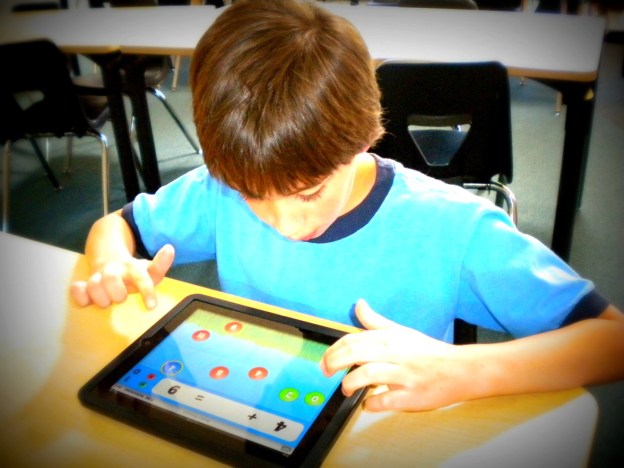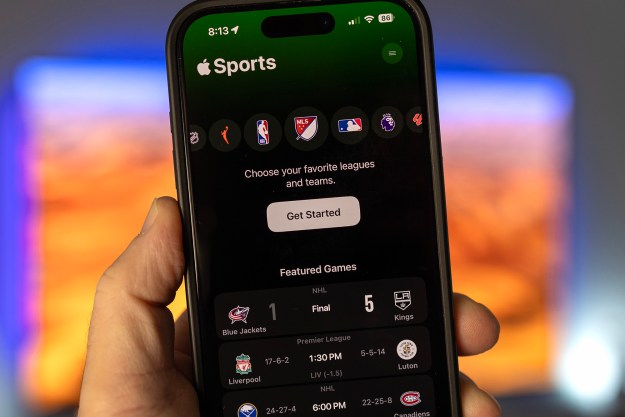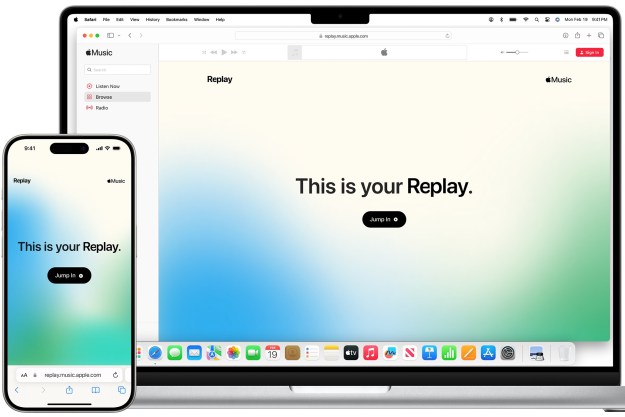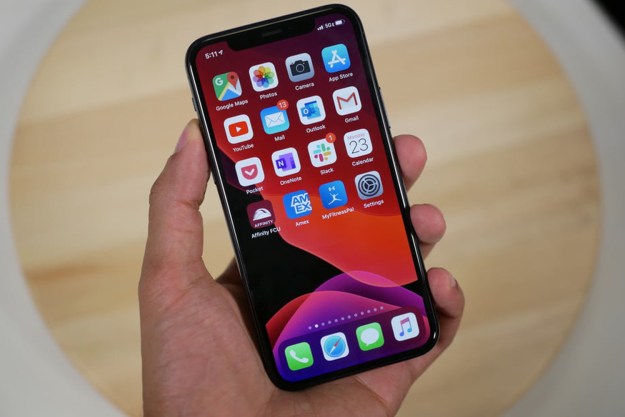
It’s not rare for parents to hand over their iPhones, iPods, or iPads to their kids to play around with as a much-needed distraction, whether at home or a long car ride. But, kids are more tech-savvy nowadays and can easily navigate their way around these devices, and that can lead to some very expensive problems.
The BBC reports that the issue—which has since been rectified—is that, prior to the release of iOS 4.3, in-app purchases could be made without needing to enter a password during the 15 minute window after downloading a new app.
This was first brought to the public’s attention in April 2011 when Garen Maguerian, a California-based iOS user, received more than $200 in charges, all because his nine-year-old son made a slew of in-app purchases in various gaming currencies.
Maguerian brought legal charges against Apple, noting that the company had to have known about this loophole, and that they knowingly failed to publicize that this could be done in apps targeted toward children.
As a result of this lawsuit—which was later combined with a handful of other similar cased—Apple has issued a proposed remedy, which a judge is going to decide on March 1. The proposal says that Apple will notify 23 million potentially affected users that they may be eligible for a refund as a result of this flaw. If it’s confirmed that a minor made charges to their accounts, they’ll receive an e-mail offering at least a $5 credit; more if the charges excessive. If the users no longer have an iTunes account, the company will offer them a cash reimbursement.
Each of the plaintiffs in the lawsuit are happy with Apple’s proposal; provided the judge accepts it as well, users will have 180 days to file their claims. In addition, Maguerian and four other plaintiffs in the case will receive a bonus $1,500 service award.
Editors' Recommendations
- The Apple Watch is the best iPhone camera accessory you didn’t know you needed
- How to create a Smart Playlist in Apple Music
- The best iPhone keyboard apps in 2024: our 12 favorites
- How to find and use transcripts in Apple Podcasts
- How to get a D-pad on your Apple TV Remote app


